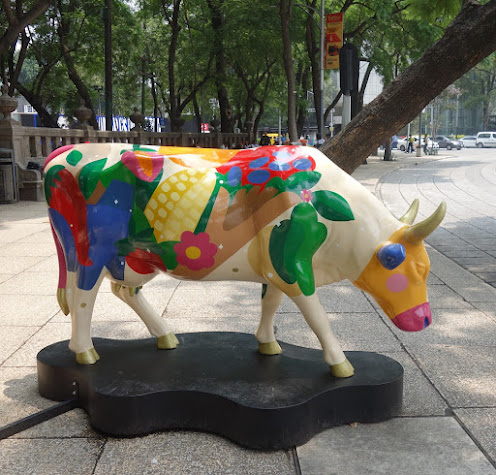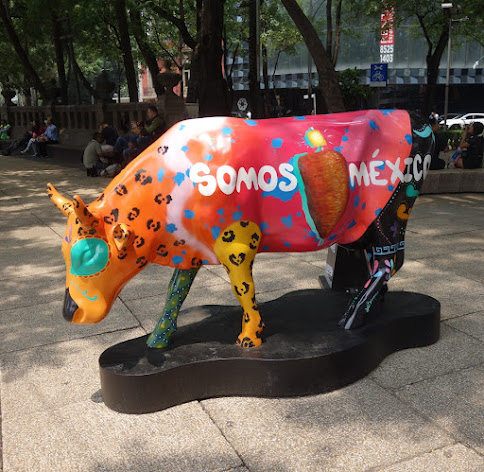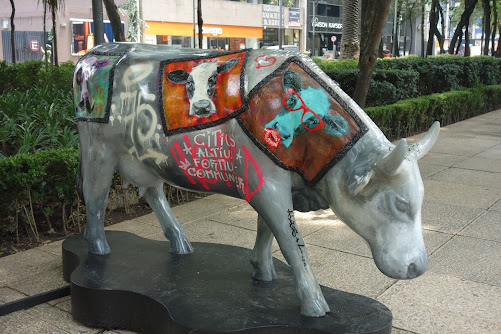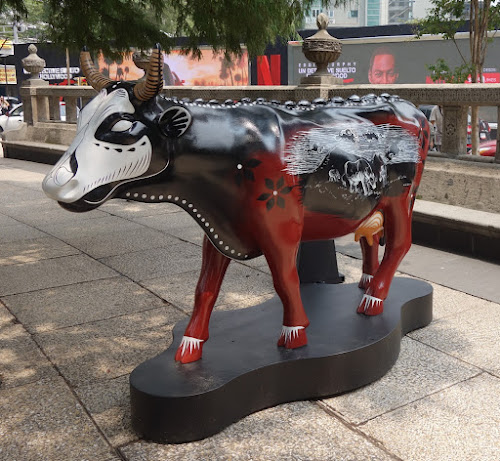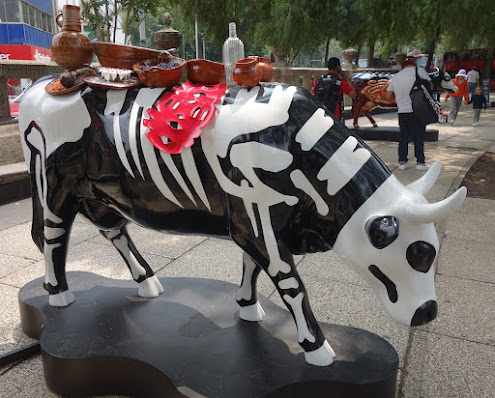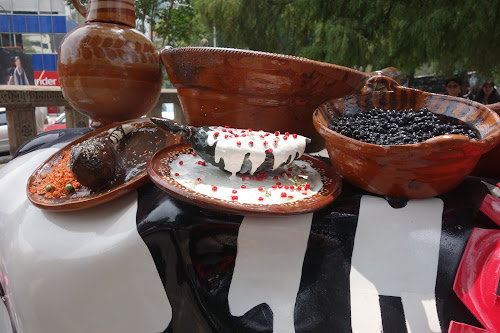I frequently contribute to the Mexico City Travel Forum on Trip Advisor, answering questions or giving advice to people who are planning on traveling here.
Last week a person from Los Angeles wrote that he was going to be in Mexico City for the Day of the Dead, and wanted some advice on what events occur at that time of the year. He referred to the holiday in Spanish as "Día de los Muertos¨, a literal translation of "Day... of... the... Dead".
I answered with information on some of the festivities which occur at that time of the year including dates which have already been announced for a couple of events. I noted in parenthesis that the holiday is correctly called "Día de Muertos", leaving out the work "los".The original poster thanked me for the information. However, he said that he is Mexican (perhaps Mexican-American) and has said "Dia de LOS Muertos" all his life, and so does everyone else he knows. "I'm sticking with it," he said. Another poster, who travels to Mexico frequently, agreed and said that he always has called it "Día de los Muertos".
I responded that I did not mean to be argumentative over a minor language point, but I posted links to three websites, including the Mexican Secretariat of Tourism, that referred to the holiday as "Día de Muertos". I also mentioned that I am a retired Spanish teacher and that I live in Mexico City.
Someone else then posted a snarky comment. He wrote, "I have seen this discussion before. More often than not, it's some gringo trying to prove how 'Mexican' they are when they correct someone that uses the definite article 'los'." He said that the Royal Academy recognizes both forms as correct, and that a Spanish teacher should know that.
That angered me. I wrote back, "The Royal Academy is in Spain. I am in Mexico, and here in Mexico we do not use the 'los'." Still annoyed, I wrote another post, "While I am the first to admit that I do not know everything there is to know about the Spanish language, I do not appreciate my knowledge as a teacher being impugned."
He made a couple more snarky comments, but I just dropped the topic.
Then, yesterday, the original poster wrote a new post.
"My wife just confirmed that I have been incorrect in saying día de los. She is a native to Mexico City. Thank you for correcting me." He then wrote a second post saying that he had been wrong all his life, and that learning never ends.The snarky guy has made no further comments.





